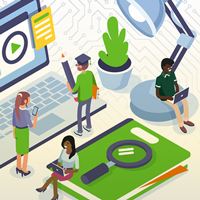Setting the Foundation
Undergraduate Research Leads to Excellence
Dr. Carlos Busso’s Multimodal Signal Processing Laboratory is typically a busy place. The professor of electrical and computer engineering fills his lab with student researchers — these days he has 10 PhD students and four undergraduates — who, among many other pursuits, teach robots how to recognize and respond to human communications with realistic and natural head movements and facial expressions.
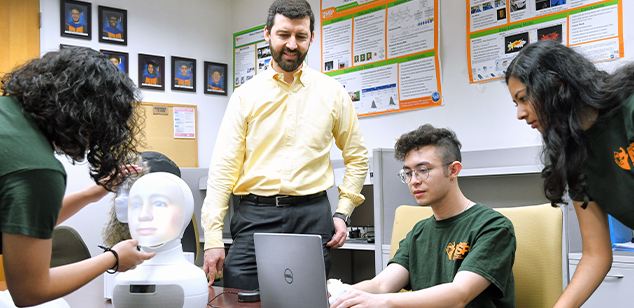
When then-undergraduate Asim Hossain Gazi BS’18 joined Busso’s lab as a research assistant in 2017, the lab had just received a new Furhat robot. Amid the initial excitement of figuring out how it worked, Gazi programmed the robot to engage with people and have meaningful conversations.
Like Gazi, hundreds of high-performing undergraduate students in the Erik Jonsson School of Engineering and Computer Science work on cutting-edge research in faculty labs. Many earn prestigious scholarships and awards that open doors to choice graduate programs and other research opportunities.
Since 2015, more than 20 Jonsson School students have received awards from the National Science Foundation Graduate Research Fellowship Program (NSF GRFP), which has given awards to just 12 percent of applicants over the years. The NSF GRFP is the oldest graduate fellowship program of its kind, and recipients often become lifelong leaders in innovation and teaching. Nine University of Texas at Dallas students and alumni were recognized by the program this year alone, including Gazi. He is an electrical engineering PhD student at Georgia Institute of Technology and plans a career in academia.
UT Dallas draws more National Merit Scholars — a signifier of academically gifted high school students — than all of the other University of Texas System schools combined.
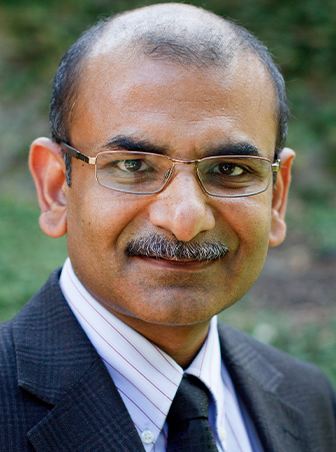
Dr. Ravi Prakash
“Jonsson School programs attract strong students, then their strengths are compounded by community efforts in the Jonsson School and at the University,” said Dr. Ravi Prakash, professor of computer science, professor in the Hobson Wildenthal Honors College and speaker of the Academic Senate. “Students are constantly challenged by their professors in the classroom, nourished outside the classroom by active student organizations that host academic competitions, hackathons and other programs, as well as by dedicated advising and internship staff members who keep students up to date about myriad internship and external research opportunities.”
Undergraduates with an eye on a fellowship or scholarship also turn to the Office of Distinguished Scholarships, the University’s command center for national award applications. Nested in the Hobson Wildenthal Honors College, the office was established in 2007 by Dr. Wildenthal, a distinguished scholar in residence and former UT Dallas provost.
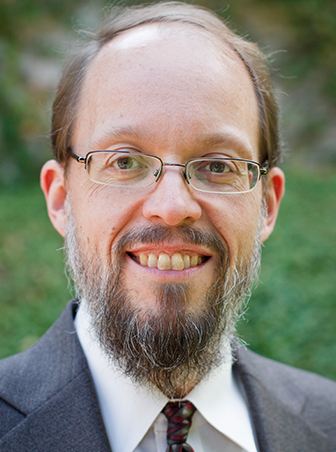
Dr. Douglas Dow
Faculty and staff members in the office lend support for a host of award applications, including the NSF GRFP and other prestigious competitions such as those for the Barry Goldwater Scholarship, which Jonsson School and UT Dallas students also continually earn, alongside students from Harvard University, the California Institute of Technology (Caltech) and other R1 institutions, said Dr. Douglas Dow, office leader, associate director of the Collegium V Honors Program and associate dean of the Honors College.
“Part of what this does is it recognizes the amazing opportunities that our students have to be doing research in labs with faculty members, being mentored as researchers,” Dow said.
According to Dow, faculty members who hire undergraduate researchers for their labs do more than add eager, smart, creative minds to their teams: They shape careers. Students begin to think of themselves differently. They view their research in terms of their broad intellectual and career goals and start imagining the research they want to conduct themselves or to go into after graduate school.
“I’ve often told the students I’m working with that when faculty are writing letters of recommendation, no longer are they writing about a student,” Dow said, “but rather about a very junior colleague.”
The 2015 edition of The Carnegie Classification® of Institutions of Higher Education included UT Dallas in its R1 category of highest research activity of doctoral universities. This marker of quality occurs even as UT Dallas is the second fastest-growing public doctoral university in the country, according to a 2019 ranking from The Chronicle of Higher Education.
2020 NSF GRFP Recipients and their graduate institutions

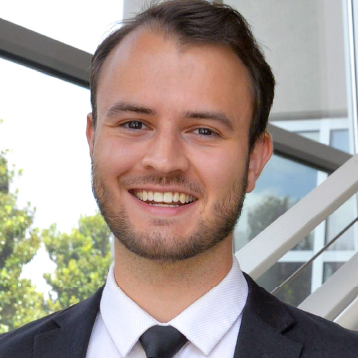
Benjamin Allsup (Honorable Mention)
Massachusetts Institute of Technology
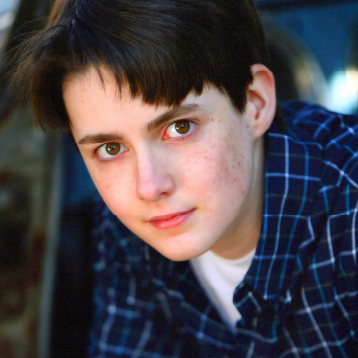
Wesley Hayden “Gunther” Brigner
The University of Texas at Dallas
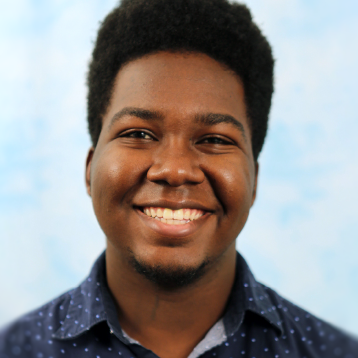
Keene Anthony Chin
Carnegie Mellon University

Asim Hossain Gazi
Georgia Institute of Technology
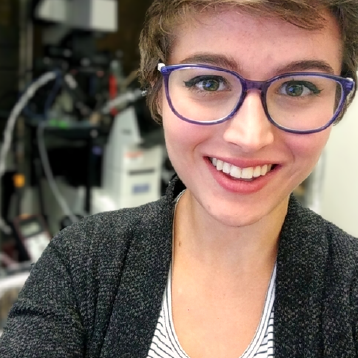
Dana Jenkins
The University of Texas at Austin
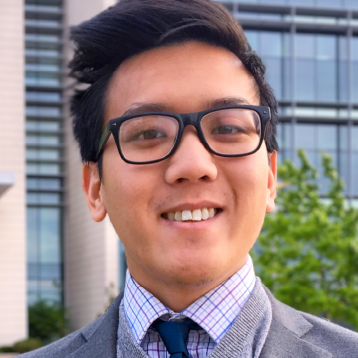
Danny Lam
Case Western University
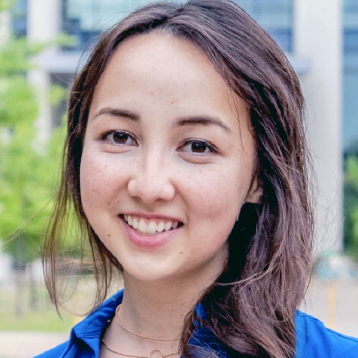
Dorothy “Dolly” Mantle
Stanford University
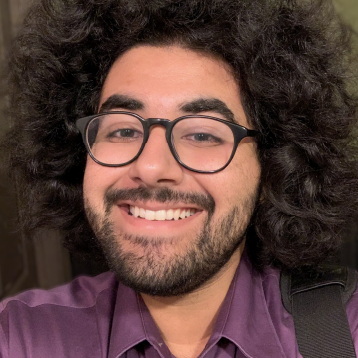
Austin Mordahl
The University of Texas at Dallas

Benjamin Weldon
Stanford University
Making Their Own Discoveries

Two recent alumni mentored by Dr. Carlos Busso, professor of electrical and computer engineering, won Graduate Research Fellowships from the National Science Foundation (NSF) this year. Both worked in Busso’s Multimodal Signal Processing Laboratory.
The lab studies and designs human-computer interfaces. Researchers are teaching computers how people communicate, with a special focus on emotion — facial expression, body language and voice modulation. This year, the lab has 10 PhD students and four undergraduates.
Dorothy “Dolly” Mantle BS’20, a mechanical engineering graduate, was the first in her field to work in Busso’s lab. She worked on a regression model to predict based on facial expression a driver’s level of cognitive distraction when involved in nondriving tasks such as using a cellphone or a navigation system.
Asim Hossain Gazi BS’18 developed a system enabling a robot in the lab to engage with people and have meaningful conversations, displaying behaviors that look realistic and natural.
Mantle and Gazi joined the lab with skills beyond those of a typical undergraduate. “Most students lack the background to do the research his lab requires,” Busso said, But that’s OK; they learn as they go, with Busso and PhD students mentoring along the way.”
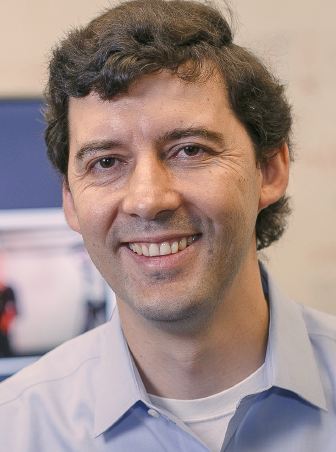
Dr. Carlos Busso
“The best time I spend is when I talk with my students in weekly meetings where we brainstorm ideas,” said Busso, winner of an NSF Faculty Early Development (CAREER) Program award. Busso, who spends 40 minutes to an hour with each student, added, “All those moments for me are precious.”
Busso uses these interactions and time in the lab to show promising undergraduates the possibilities of a career in research.
“In many cases, they don’t understand exactly what a research career might involve,” he said. “It’s not just professors. Most people who graduate with a PhD work at companies developing technology. There’s a big, big need in industry to get people with expertise that can investigate and come up with new ideas.”
Undergraduates labor over discoveries of their own, writing journal articles and presenting papers at conferences, a requirement in Busso’s lab. There, they meet a community of people as passionate about the research as they are. Busso recalled one student involved in speech research who breathlessly pointed out the leading industry figures in attendance.
After a year and a half in Busso’s lab, two internships and a summer semester in China, Mantle is now at Stanford University working on a master’s degree in mechanical engineering.
Gazi, currently in a doctoral program at Georgia Institute of Technology, says he has a long list of Jonsson School professors to thank, mentors who modeled the kind of generous collegiality he intends to offer undergraduates as a professor himself someday.
That is good news to Busso, who says being mentored in a lab as an undergraduate in Chile changed his life.
“I would be in a completely different place, if I didn’t have the opportunity to research as an undergraduate,” he said. “I saw that whoever was using the information I was providing was doing pretty cool stuff.”
Being an Independent Researcher

Austin Mordahl BS’18 was sitting in on a class when a notification came up on his phone. His nerves were jangling. He was waiting to hear if he had been accepted into the University of Texas at Dallas software engineering doctoral program and the answer was waiting in an email that had just come through.
Though he had already received rejections from two other programs, this time the news was good.
“When I got the email, I ran out of the room and cried in the hallway,” he said. “It probably looked like I got some really bad news.”
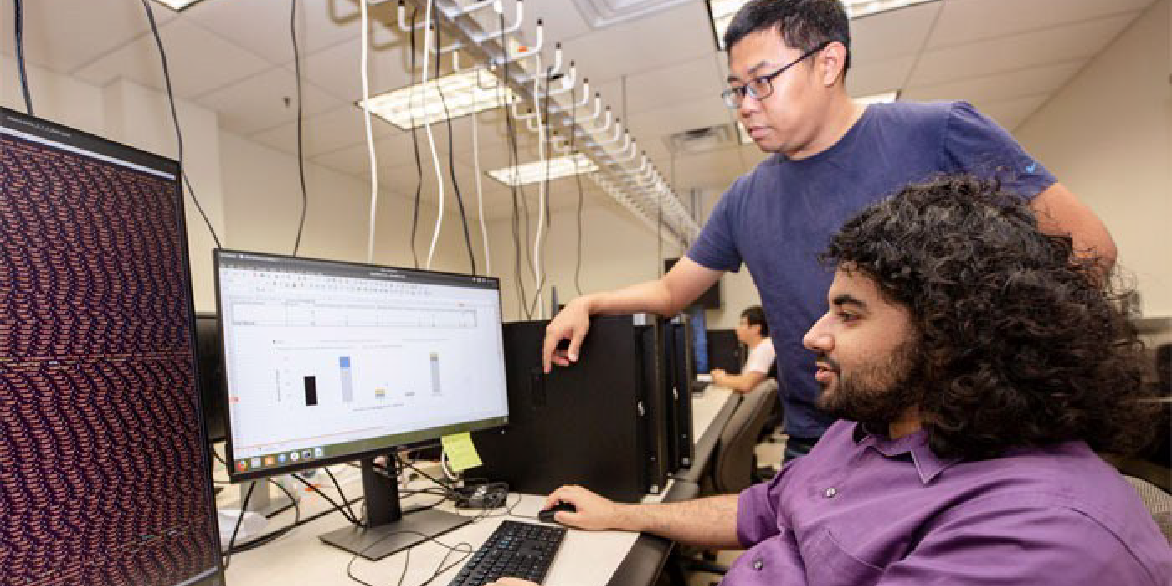
Mordahl’s dream since he was young was to be a professor. When he entered the doctoral program, he didn’t know exactly what he wanted to work on. After meeting with Dr. Shiyi Wei, whose research culminates in the building of tools that increase software security, Mordahl knew he had found the right fit. Supported by a National Science Foundation Graduate Research Fellowship, Mordahl is working on ways to automatically detect bugs and privacy violations in mobile apps.
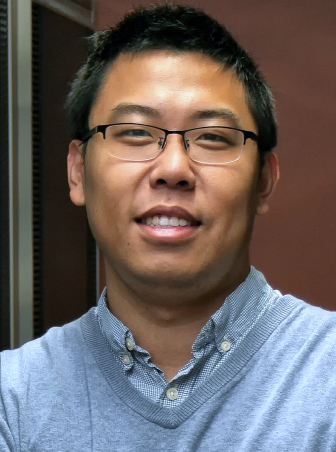
Dr. Shiyi Wei
Wei, an assistant professor of computer science, said that one of the most gratifying aspects of his job is watching his students develop into independent researchers.
“I help them to be the independent thinker, to be really good at what they are enthusiastic about doing,” he said. “I try to give them lots of space to work on things they are really interested in, and my role is to give them guidance along the way.”
Wei and his team design automated tools to improve the security and reliability of software used in daily life. Software is everywhere — on websites, in apps, even in appliances — and it’s being updated all the time. If there are any errors in the code, hackers can render the software unusable or, worse, steal sensitive data such as user passwords. Wei’s team members develop automated tools that catch errors and increase security, and they invent algorithms that allow developers to write new tools for the software themselves.
Four students in Wei’s lab are working on doctorates, three on master’s degrees and three on bachelor’s degrees. Wei consults with each in traditional one-on-one meetings at least once a week. But he also holds brief, standup brainstorming sessions and status updates with the whole group together. This often sparks new research directions.
“It helps the students connect, and they are free to work with anyone they want and collaborate because through these meetings, they know what others are working on,” Wei said. “They need to work on the things they care about. It’s very important for their success.”
Building the Dream Team

When Dr. Joseph S. Friedman, assistant professor of electrical and computer engineering (ECE), joined the University of Texas at Dallas in 2016, ECE department head Dr. Lawrence (Larry) Overzet gave him valuable advice: Staff your lab with undergraduates. They are smart, they work hard and they have the time to dedicate to research.
The following spring at Undergraduate Research Match Day, Friedman recruited several of the brightest to work in his NeuroSpinCompute Laboratory. The lab explores ways to leverage nanoscale and quantum phenomena for artificial intelligence applications, particularly in the field of spintronics, which uses the spin of an electron in addition to its charge to emulate neurobiological behavior.
Wesley H. “Gunther” Brigner BS’20 was among Friedman’s first class of recruits and is the first to stay on to pursue a PhD. Already, Brigner has several inventions to his name, resulting in multiple first-author publications, patent applications, international presentations and numerous awards, including a National Science Foundation Graduate Research Fellowship (NSF GRFP).
Brigner is interested in a variety of research areas. The NSF GRFP, the Eugene McDermott Graduate Fellowship and the Texas Instruments Analog Excellence Graduate Fellowship provide the flexibility needed to follow his intellectual curiosity in several areas at the same time, including photonic neural networks and quantum computing.
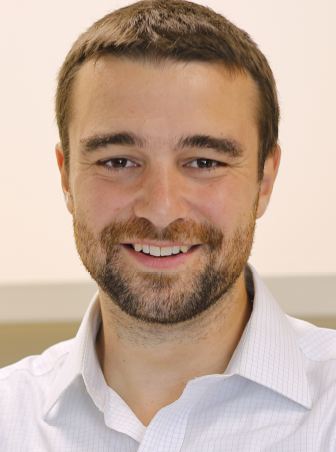
Dr. Joseph Friedman
Brigner’s focus in Friedman’s lab is in neuromorphic computing, a hot field in AI. Scientists are trying to create a physical structure, a circuit, that not only is intelligent and functions like a brain but with similar structures like synapses and neurons — but also mimics the brain’s inner workings. Brigner hopes to build a fully functional neural network while working on his PhD. He is collaborating with scientists at The University of Texas at Austin, Sandia National Laboratories, The University of Sheffield in the United Kingdom, The University of Salamanca in Spain and Johannes Kepler University Linz in Austria.
Previous research in this area sought ways to use spintronic technologies for regular logical computing, Friedman said. As it turns out, many of these devices are much better at mimicking neural behaviors, mainly memory and learning, than they are at basic logic operations.
“If you’re trying to get brain functionality with devices that don’t act like stuff that’s in the brain, you’re forcing a square peg into a round hole,” he said. “But with a device that naturally acts similarly, it should be more efficient.”
Four years after opening, Friedman’s lab now employs 25 student researchers: Six are working on their doctorates, two are master’s degree candidates and 17 are bachelor’s degree students. Most are scholarship and fellowship recipients. From these robust ranks, Friedman plans to continue seeding his research dream team.
“The undergraduates at UT Dallas are fantastic, and Gunther is exceptional,” he said. “I very much appreciate the advice from Larry to bring them into my lab.”


